Art and Culture
The Haunted Mind: The Stubborn Persistence of the Supernatural
According to polls, roughly half of people in the United States and Britain believe in ghosts. Furthermore, around 25% of people report having seen or been in the presence of a ghost.
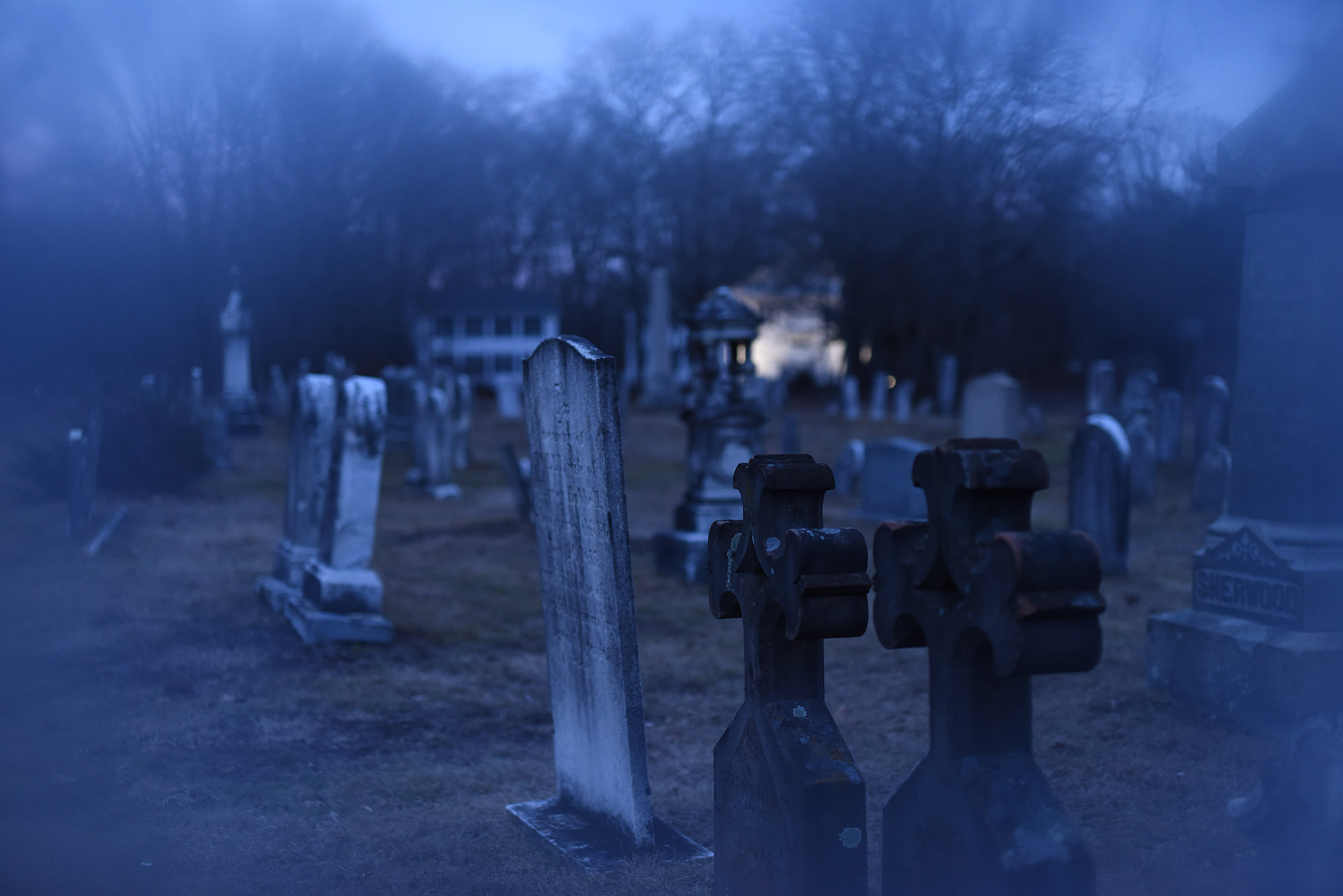
It is wonderful that five thousand years have now elapsed since the creation of the world, and still it is undecided whether or not there has ever been an instance of the spirit of any person appearing after death. All argument is against it; but all belief is for it. ~Samuel Johnson.
The Union cemetery in Easton Connecticut is haunted. Many witnesses have seen and heard mysterious phenomena there, from inexplicable orbs of light to eerie apparitions. The most famous supernatural resident is the mysterious woman in white, a black-haired spectre clad in a flowing white diaphanous dress. Various tales explain her haunting. Perhaps the most popular contends that she roams the cemetery searching for her dead son. Ed Warren, a self-taught demonologist, claims that he has seen the lady in white and that he even captured her on camera. According to him, one of the most popular tales about her is that she will appear in the middle of the road right in front of a vehicle. Then, when the distraught driver gets out, believing he or she has struck the woman, she will disappear. Warren argues that those who are skeptical of her are unfairly incredulous and that there is simply too much evidence to think otherwise than that she exists. “It’s real, believe me, it’s real,” he said in a 2011 interview.
Warren is not alone. According to polls, roughly half of people in the United States and Britain believe in ghosts. Furthermore, around 25% of people report having seen or been in the presence of a ghost. Belief in ghosts stretches back to the earliest written records of human history and spans the globe. In ancient Mesopotamia, ghosts were created at the time of a person’s death, traveled to the underworld where they would dwell, and expected sacrifices from the living, whom they could inflict with illness or misfortune. In Medieval Europe, on the other hand, ghosts were often more helpful, coming back to earth to guide the living to a path of righteousness. Whatever the particular details, belief in ghosts or spirits is widespread enough in place and time to be called a human universal. Such belief is puzzling because unlike a tree, a cheetah, or even the pink hippopotamus, there is no reliable evidence that ghosts actually exist. What then explains the obstinate ability of belief in ghosts and other supernatural agents to persist in the face of such an astounding dearth of evidence?
Perhaps this belief, like belief in elves or flying reindeer, is a childish superstition that educated adults outgrow. Indeed, many critics of religion, such as Voltaire and Freud, argued just this, hoping that a less credulous culture would adopt a worldview free from ghosts, spirits, and other hobgoblins of the mind. Perhaps not, however. Perhaps, in fact, belief in the supernatural is less like belief in flying reindeer and more like the belief that other people have thoughts and desires like our own. According to this perspective, widely shared supernatural beliefs are the natural output of our evolved cognitive and affective propensities, and even people who explicitly reject belief in ghosts often act as though ghosts are real, shuddering at the creaks and groans of the walls or the whipping wind in the woods.
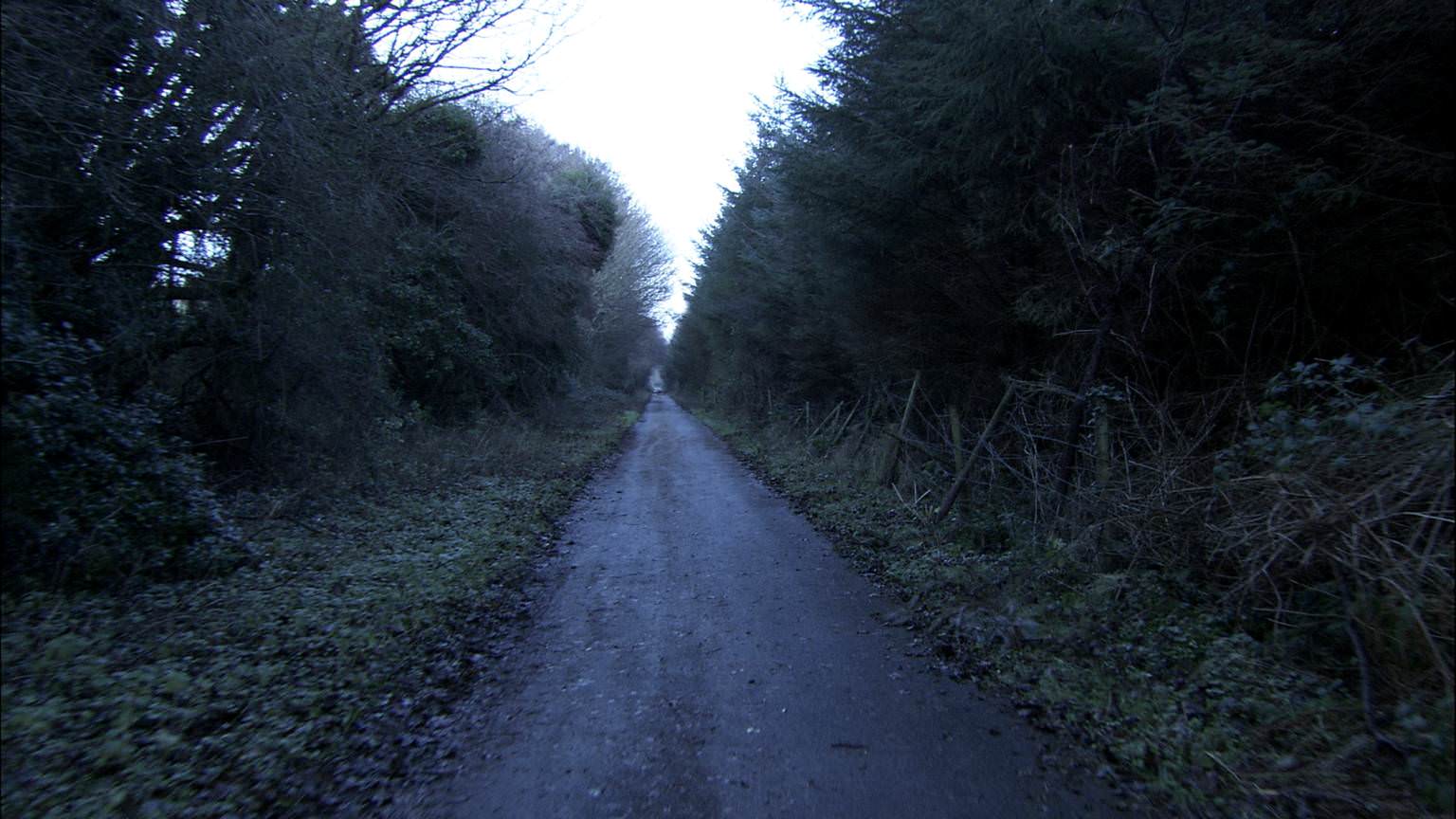
Imagine that you are camping alone in a thick forest of Maples in the fall. It’s night and there is no moon, so the only light is from your dwindling fire. Suddenly you hear rustling leaves behind you. You turn to look, but you only see black. Your hearing becomes acute. The rustling is closer. Now you are positively alarmed. Who or what is out there? You consider yourself a rational adult, even a skeptic. But you can’t shake the feeling that there is something malevolent homing in on you. Does it want something from you? Despite exhaustion you’ll be lucky to get an hour of sleep. Now you are upset with yourself. Rationally, you understand that there is virtually no chance that an evil agent is seeking you (99.999% there is no agent you think), but some part of your brain is utterly convinced that there is.
All organisms are fallible; they make mistakes. Sometimes the costs are relatively trivial. If you order a hotdog instead of a hamburger, and the hotdog is a culinary disaster, then you are out a dollar. But sometimes the costs are high. If you walk down a dark alley at night and a mugger is waiting in it, you might be out a few hundred dollars, your credit card, or even your life. The trick, from evolution’s perspective, is not to avoid errors, which is impossible, but to manage the costs of errors.
To keep it simple, imagine a decision with two options: You can walk home on dark side streets or you can take well lighted main streets. If you take the side streets, you shave a quarter mile (and 5 minutes) off your trip, but you are ever so slightly more likely to get attacked (say .0001% on main streets and .0008% on side streets). You can’t know which option is the best—assuming two goals: get home safe, and get home as quickly as possible—because you don’t have perfect information. So you are bound to make an error, at least sometimes. But which error should you make? Notice that there is an enormous disparity in costs. One error (side street when attacker is present) can lead to death, whereas the other adds a few minutes to your trip. In this case, from an evolutionary perspective (surviving and spreading genes), it is almost always better to make to err on taking the longer route home (usually an error because the shorter route is safe 99.9992% of the time); therefore, we would expect this to be the most common mistake humans would make (safety over potential waste of time).
This logic also applies to your fearful feeling that an agent is stalking you in the woods. You heard something and you (your brain) can make two basic inferences about it: Either the cause of the sound is not a potential threat or it is. The sound could have been caused by the wind, by a squirrel, or by a friendly cabin dweller who is searching for his dog. Or it could have been caused by a hungry grizzly bear or a sadistic serial killer. If you make the first inference, choosing to ignore the rustling leaves, you might end up the next victim of the Maple woods killer. If you make the second, you might become irrationally afraid, lose sleep, or run home, wasting energy and time (see figure 1). Because of the extreme disparity in costs, we would expect most humans to make the second error (the sound is a threat) most of the time.
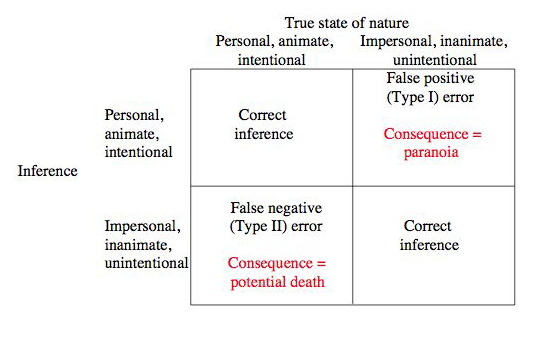
This propensity for fear and vigilance when presented with a possible threat gets us part of the way to belief in ghosts, but squirrels, cats, and dogs all evince a threat bias and they don’t appear to believe in spirits (although, cats are supposed to be able to see them quite well). Humans also have a theory of mind. That is, humans, unlike cats and dogs, understand that other organisms have minds—they have desires and beliefs about the world. In general, humans seem to see more minds, or agents, in the world than actually inhabit it; that is, they have a hyperactive agency detection device (HADD). Think of the last time your computer froze. You probably thought of the computer as an agent that was purposefully failing on you; and you may have even tried to bribe it with promises of a hardware update or screen cleaning.
Because humans are equipped with a theory of mind, and apply it promiscuously, they can posit that a potential threat is another agent, whether hungry bear or serial killer.
Furthermore, humans intuit that minds do not have to be/are not attached to a single physical structure or body. In fact, humans struggle to understand that minds are the product of neural tissue and are extinguished at death. This is because humans possess a system for offline social reasoning about absent individuals. For example, if you know that your roommate likes it when the floor is clean and she usually cleans the floor, you might think about surprising her with a clean floor when she returns from a vacation. To do this, notice, you have to think about her desires and your obligations to her even when she is not present.
Importantly, offline social reasoning does not end when a person dies. It is natural, almost inevitable, to believe that a dead person’s “mind” (spirit, ghost, agent, whatever) still has thoughts and desires and continues to exist somewhere (just not where we are). Even explicit skeptics about the after world often say, “She would have liked us to celebrate at her funeral,” showing concern with the deceased’s preferences, which is a result of this capacity for offline social reasoning. Interest in the deceased’s desires and other mental states is often intensely emotional, so much so that it is appropriate to say that the living are ceaselessly motivated by the dead.
Imagine, again, that you are alone in the woods. It is dark and you hear a rustling of leaves. You become terrified. The rustling seems to be getting closer. We can now explain why it would be difficult for you to shake the feeling that a malevolent agent is closing in on you. First, it is less costly to error that your existence is threatened. Second, you are prone to believing that an agent caused the noise (rustling could be wind, but it could be a serial killer). And third, you can reason about an agent even if none seems present. So, the rustling leaves, whipping wind, and snapping twigs could be the acts of an angry agent that haunts the forest and wants you out of its territory.

Given these cognitive and affective propensities, it is not surprising that belief in supernatural agents is a human universal. Yet, across time and cultures, such beliefs take many shapes, from shadowy spirits to devil worshipping witches to a ghostly lady in a white gown. This is because the cognitive and affective machinery that give rise to the fearful suspicion that a malevolent agent is out in the woods somewhere does not give rise to a vivid, concrete representations (a lady in white who haunts the woods because she was killed by a hunter many years before); rather, it gives rise to a vague, nebulous intuition that some kind of agent is out there.
To get a concrete representation of a ghost requires cultural narratives about ghosts and spirits, and these narratives vary from place to place and time to time. However, they do share some features. And once narratives about ghosts become widespread, people interpret their experience through the prisms they provide.
Some supernatural agent stories are catchier than others. Three chief features that appealing ghost stories share is that they (1) are minimally counterintuitive; (2) are psychologically plausible; and (3) are culturally congruent.
Minimally counterintuitive concepts are concepts that violate one or two category (ontological) expectations. The human mind seems to have an intuitive ontology, a system of categories about the nature of things in the world. Some of these categories are artifact, inanimate object, animate beings, and persons. Each category allows us to make rich inferences about a member without any other information than that the “thing” belongs to that category. For example, if Sally tells you that Sarah is a person, then you know that she has thoughts, and hopes, and desires, and that she can’t see through walls. You know all of this because your mind automatically infers all of these qualities about the category “person.” Similarly, if Sally complains that she has lost her phone, you do not think, “I wonder how the phone feels” because artifacts don’t have minds. A minimally counterintuitive concept preserves most of the information of an ontological category, but adds or subtracts something from it that violates expectations about the category, making it catchier than a mundane (completely intuitive) member of that category.
So, the concept ghost automatically induces the inferences that the concept of a person would, but it subtracts the qualities of corporeality and mortality. Concepts that are minimally counterintuitive, such as ghosts, allow one to make most of the inferences he or she would normally make about a member of the category, and therefore they aren’t difficult to remember. You don’t have to ask your friend who is telling you about Timmy the hunter who was killed by teenagers and now haunts the woods if Timmy gets angry or wants to get revenge, because you already know he does: the concept “Timmy the ghost” triggers your “person” category and all the inferences about emotions and mental states flow from that.
Ghosts, therefore, are catchy concepts, easy and exciting to believe because they violate a few expectations about people, but preserve most inferences. Thinking trees that fly and shoot fire out of their leaves and that can see the future, but only on Tuesday morning, are not catchy concepts because they are too complicated and violate too many ontological explanations.
Psychologically plausible supernatural stories are ones that contain narratives that make sense to us given our understanding of the desires and hopes and fears of humans. Popular ghost stories often provide compelling motivations for the behaviors of the ghost, including offering an appealing motivation for why he/she/it is still on earth instead of some other supernatural realm.
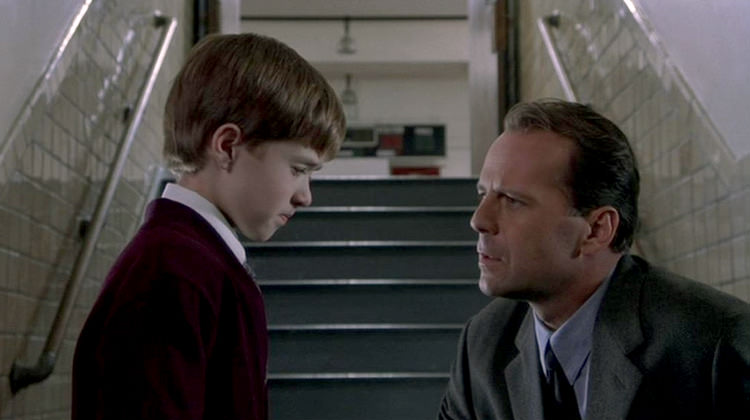
Consider, for example, these two stories. One, Sarah the ghost haunts a house that she used to live in because she was killed by her stepdad in it, and he was never convicted of his crime. She appears in mirrors and iPhones to make the grisly details of her murder known. And, two, Sarah the ghost haunts a house that she used to live in because she once was denied the last red jelly bean in a bag that her mom bought. She appears in candy bowls to warn everyone about the injustice she experienced as a child. The first story is catchy because it provides an understandable and persuasive motive for the ghost’s behavior and taps into intuitive notions about justice. The second story is not because, although it is understandable that Sarah might have been upset about not getting a jelly bean, it does not provide a compelling motive for the ghost’s behavior and it does not seem like such a grave injustice that it would require posthumous protest.
And last, culturally congruent supernatural stories are ones whose narratives are consistent with prevailing cultural understandings. Popular ghost stories must cohere with most of what is accepted by people in a given culture, otherwise they will seem implausible or irrelevant. Ghost stories in Medieval Europe relied upon the notion of purgatory, because ghosts were said to come to earth from purgatory.

A story, then, that contained some information about a spirit’s dwelling in purgatory and returning to earth to assist a loved one would make perfect sense to a Christian in the 1250s. However, Protestants attacked the concept of purgatory, arguing that it was a superstitious accretion to the real teachings of the Bible. Therefore, Protestants were less comfortable with traditional ghost stories, eventually believing that apparitions were either angels or demons from Hell or Heaven.
Today, ghost stories generally eschew complicated metaphysical backgrounds because people are more uncertain about the nature of the afterworld than they were in the 1500s. Catchy modern ghost stories focus on motivations and cultural notions of justice, retribution, and ownership (ghosts haunt houses they previously lived in or owned) and not on convoluted metaphysics or theology.
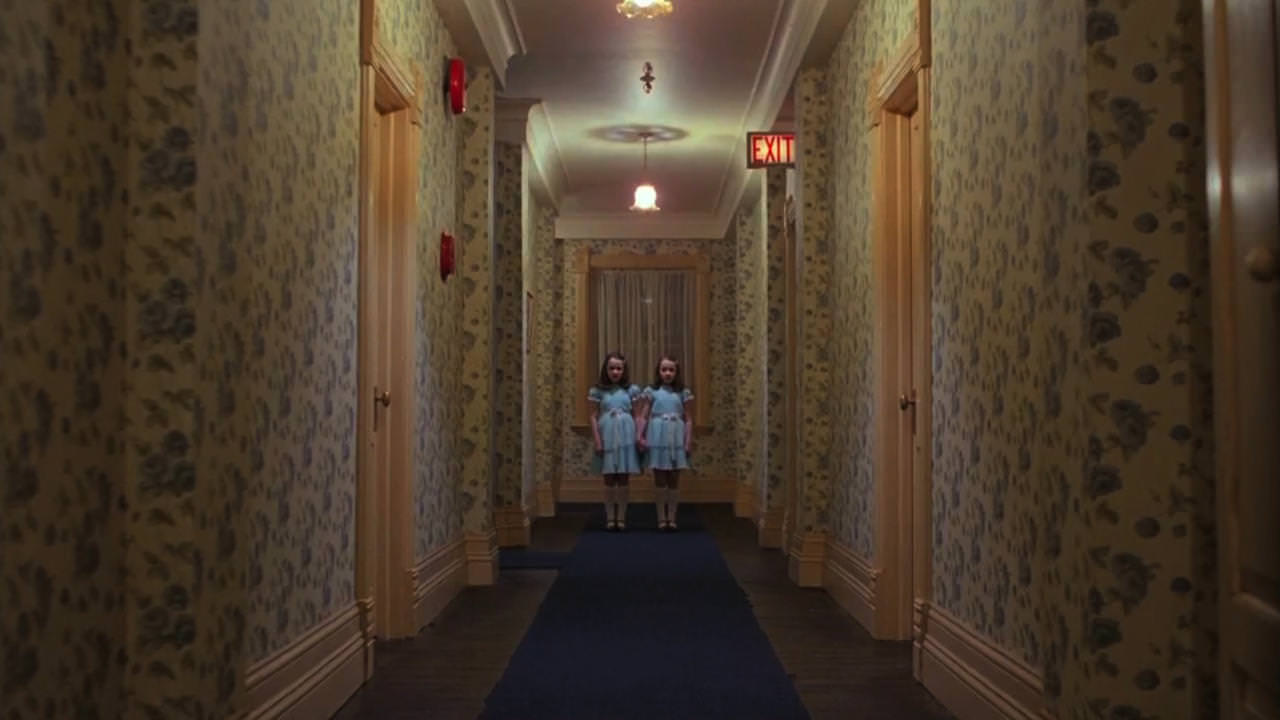
Ghost stories are also much more believable if other people seem to believe them, if they affect other people’s emotions and behaviors. Signs of commitment to beliefs are credibility enhancing. So, if Sally tells you about Sarah’s ghost that haunts the house you are in, but she doesn’t seem to care about it, calmly sleeping through thumps on the upstairs floor or creaking in the walls, then her story would be less credible than if she tells you about it and acts incredibly nervous after hearing a few bumps in the night. The sheer number of believers also enhances the credibility of the story; and so does the social status of the believers. If Barack Obama displays earnest belief in the ghost of Abraham Lincoln that haunts the White House, then that is more believable than if your drifter cousin does.
Let’s put this all together. You are going to go camping in the Black Hills woods near Burkittsville, Maryland. Many people, including the Mayor, claim that the woods are haunted by the ghost of a woman, Lydia Bartlett, who was brutally attacked and murdered by three men who proceeded to bury her corpse in a shallow grave under a few rocks. According to the story, her ghost comes back to punish people who dare to venture into her woods at night. Last year, three ghost hunters attempted to camp in the woods, but became so afraid that they left shortly after dark, filming their riveting, terror-inducing experience and posting it on YouTube. It is now shortly after dark, and you hear a rustle in the leaves near your tent. You immediately become afraid and open the tent door, peering into the darkness. Another rustle. You begin to remember all the tales about campers who were killed by Lydia’s ghost. Your heart is thumping madly. Then you see something. You can’t be sure what it was, but it looked like the white dress of a woman. Is she trying to scare you? Kill you? Can you placate her? You can’t be sure, but now your reason is completely useless. You are sure that Lydia’s ghost is out there. You hear another rustle and see a flash in the trees. Although a small part of you thinks everything about this is foolish, you no longer care, and you grab your backpack and run full sprint to the road.
You tell your friends that you saw Lydia’s ghost, thus reinforcing the cycle of belief about Lydia. The story is catchy (minimally counterintuitive, psychologically plausible, and cultural congruent) and others, including high status others (the Mayor), profess belief in it and act on that belief. So, it was easy for you to interpret your anomalous experiences through that narrative prism. And now you have acted on your beliefs and shared the catchy story with others, ensuring that it persists and that others will interpret their anxiety inducing experiences in a similar manner.
Why the ghost of Black Hills woods is believable
| Contributors to belief | Description from ghost story |
| Error management | The rustling leaves trigger heightened arousal and fear |
| Hyper-active agency detection | The mind searches for agency (the camper sees an ambiguous entity that he interprets as a dress on a woman) |
| Offline social reasoning | The ghost might be seeking justice and retribution (these events occur even with no visible agent to interact with) |
| Minimally counterintuitive | The ghost is a person (Lydia), minus her body and minus her mortality |
| Psychologically plausible | The ghost has a strong, intuitively understandable motivation for haunting the woods |
| Cultural congruence | The story appeals to a collective sense of justice, but does not require antiquated beliefs about the world or possess elements that are foreign to the camper |
| Credibility | Other individuals, including those of high status, have expressed sincere beliefs in the ghost and acted as if they were influenced by those beliefs |
The Union cemetery in Easton, Connecticut is haunted. It is haunted not because apparitions reside inside, but because the human mind is haunted. And however repugnant to reason the supernatural might be, it is powerfully compelling to the intuitive brain. Ghosts have survived secularization the same way they are said to have survived death. There is little reason to believe science will obliterate them anytime soon.






